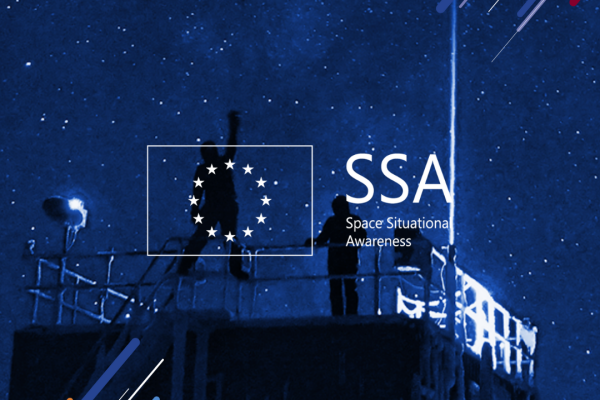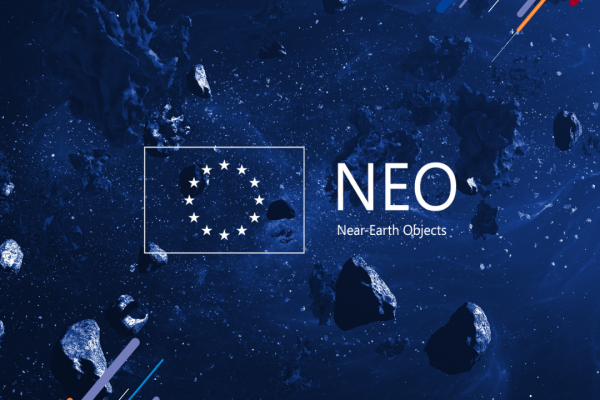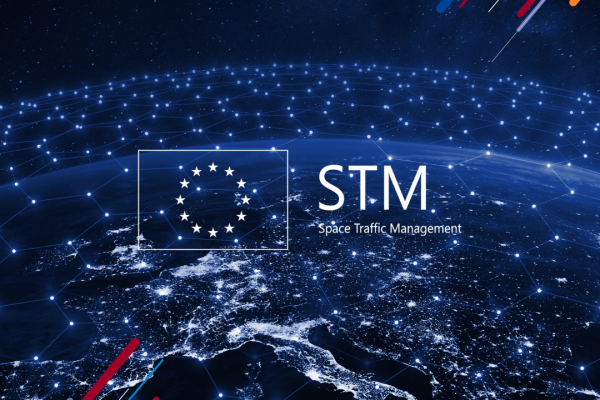Why is this relevant?
The space environment at the Sun and around the Earth is subject to natural variations called space weather events, such as radiation storms, solar flares, etc. The most visible effects of space weather on Earth are the Aurora Borealis.
Space weather can also affect systems and technologies in orbit and on Earth. In its more extreme forms, it could endanger astronauts, disrupt communication, and temporarily shut down the electricity grid. Therefore, understanding the effects of space weather events on Earth, assets and human life is vital to mitigate the risks associated with them.
Definition of Space Weather Events (SWE)
SWE means naturally occurring variations in the space environment at the Sun and around the Earth potentially impacting Earth and space-based infrastructure.
What is SWE?
SWE is a subcomponent of the Space Situational Awareness (SSA) component of the EU Space Programme. It aims at creating ways to monitor and assess natural changes related to space weather events, such as solar winds, solar flares, or coronal mass ejections.
To this end, the EU supports activities that will lead to the establishment of a SWE service. In preparation for this, the EU assesses and identifies user needs, and performs an impact assessment of different service scenarios. In addition, the EU supports the development of space weather models and the development, testing and validation of new space weather prediction capabilities. These will support a future SWE service.





